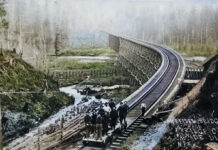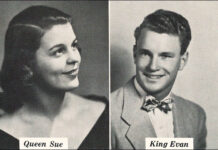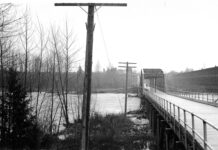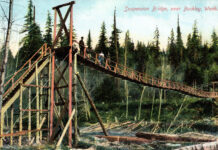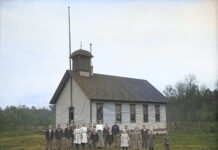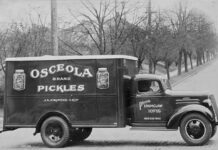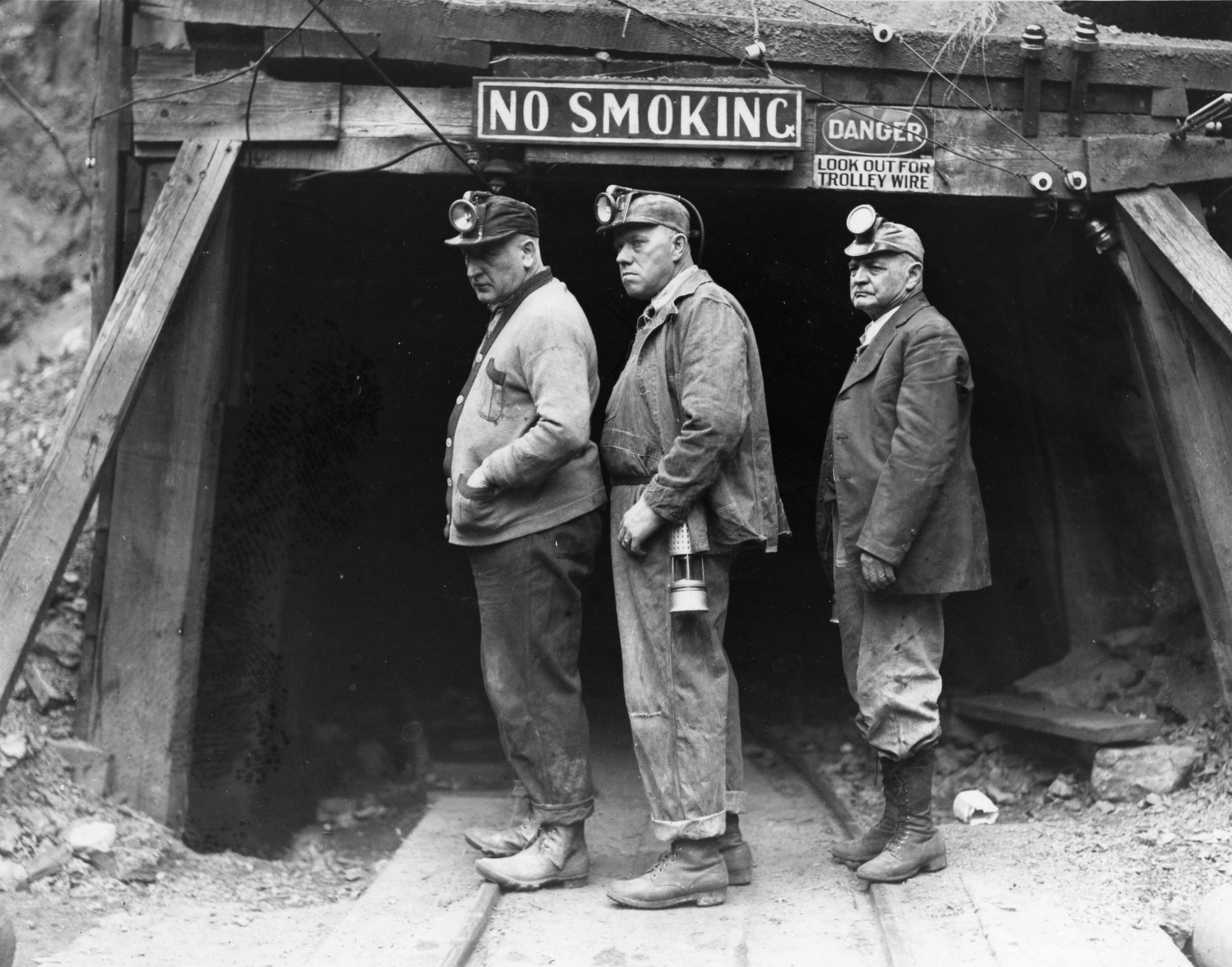
On April 13, 1930, a grim trio of coal mine and state officials stood before the entrance to the Carbonado mine of Pacific Coast Coal Company. They came to investigate an underground explosion killing 17 miners the day before. From left to right are H.A. Wilson, general manager of the company; George T. Wake, deputy state mine inspector; and William R. Reese, chief state mine inspector. On April 12thone hundred and forty miners working the afternoon shift descended underground to work the Douty seam. David J. Hughes, a Welsh foreman led his men down a new tunnel, 1,500 feet underground and began preparations to blast coal from the working face. At 5:30 p.m. the dynamite charge sparked a giant fireball of exploding gas and coal dust which filled the tunnel consuming all available air and replacing it with deadly noxious fumes. No one in the vicinity of the blast survived. The 17 fatalities left behind 14 widows and 28 orphaned children. It was the 7thworst coalmine disaster in Washington history, but thankfully the last tragedy involving more than four miners in a single incident. Their names in alphabetical order were: Sylvester Barker, John L. Bates, Phillip Fleis, John E. Flood, Ray Glackin, David J. Hughes, William Kennedy, R.C. Legge, William Matson, William E. McMurphy, John O’Leary, L.B. O’Neal, Alfred Parkin, Victor Pete, Thomas J. Shackley, Martin Sheridan, and Ed Wali. This image #G75.1-167A is from the Richard Studios Collection and comes courtesy of the Tacoma Public Library

